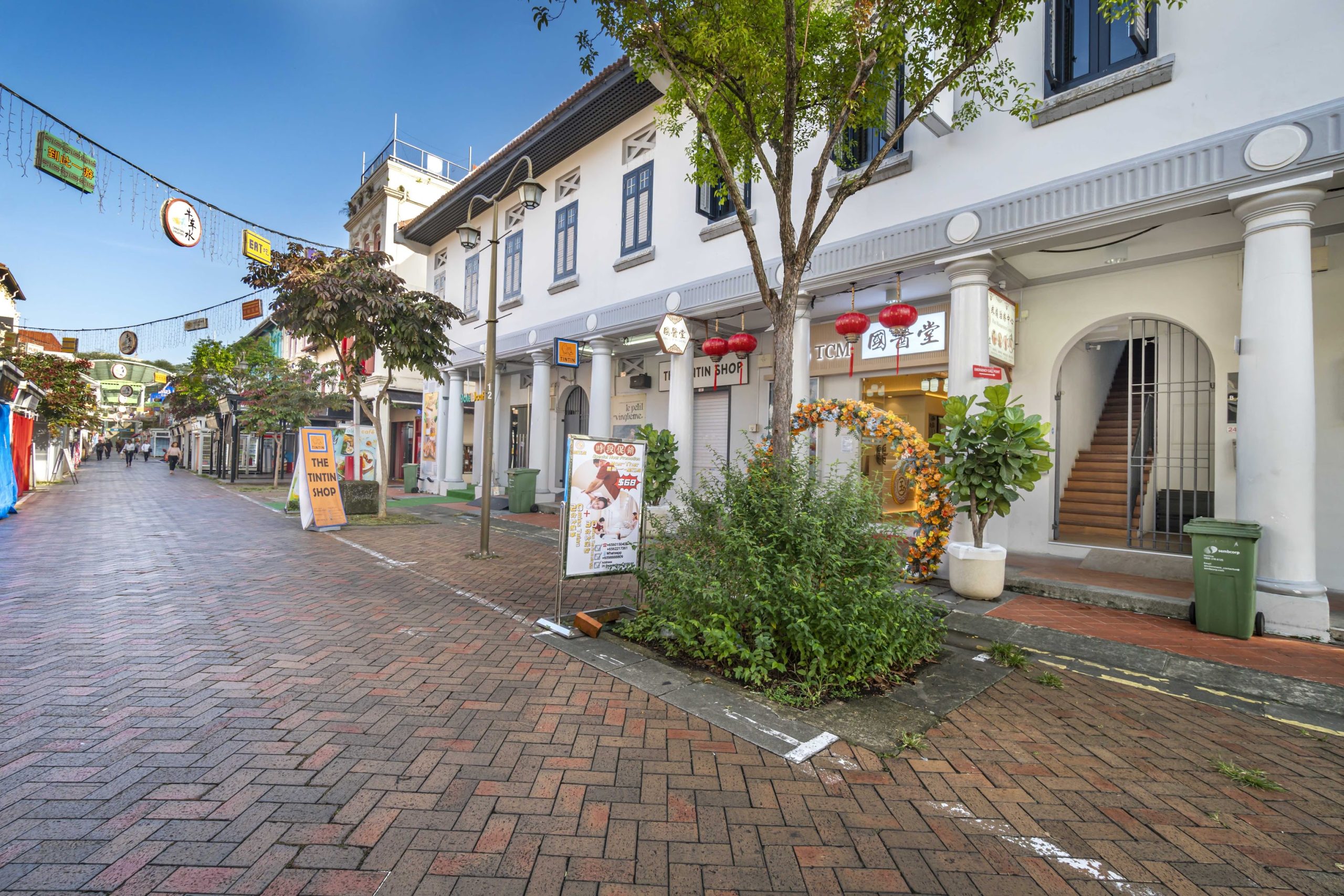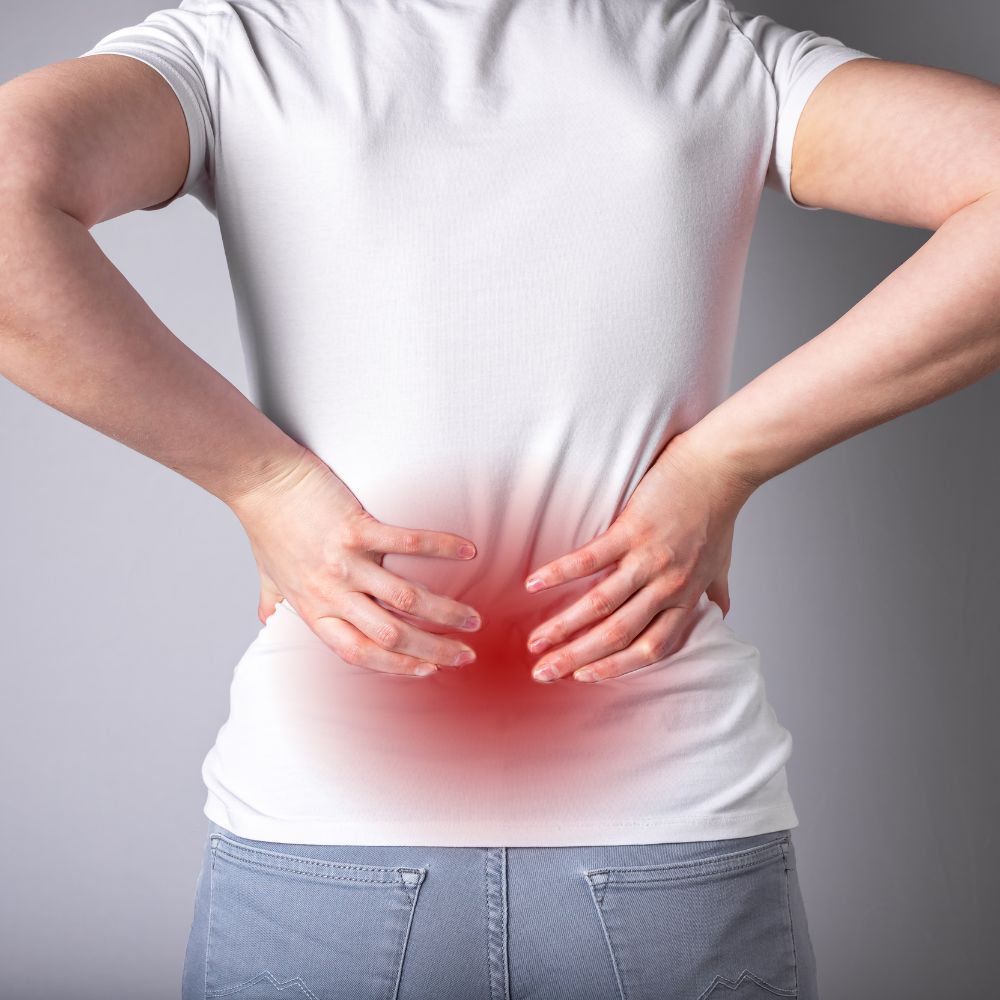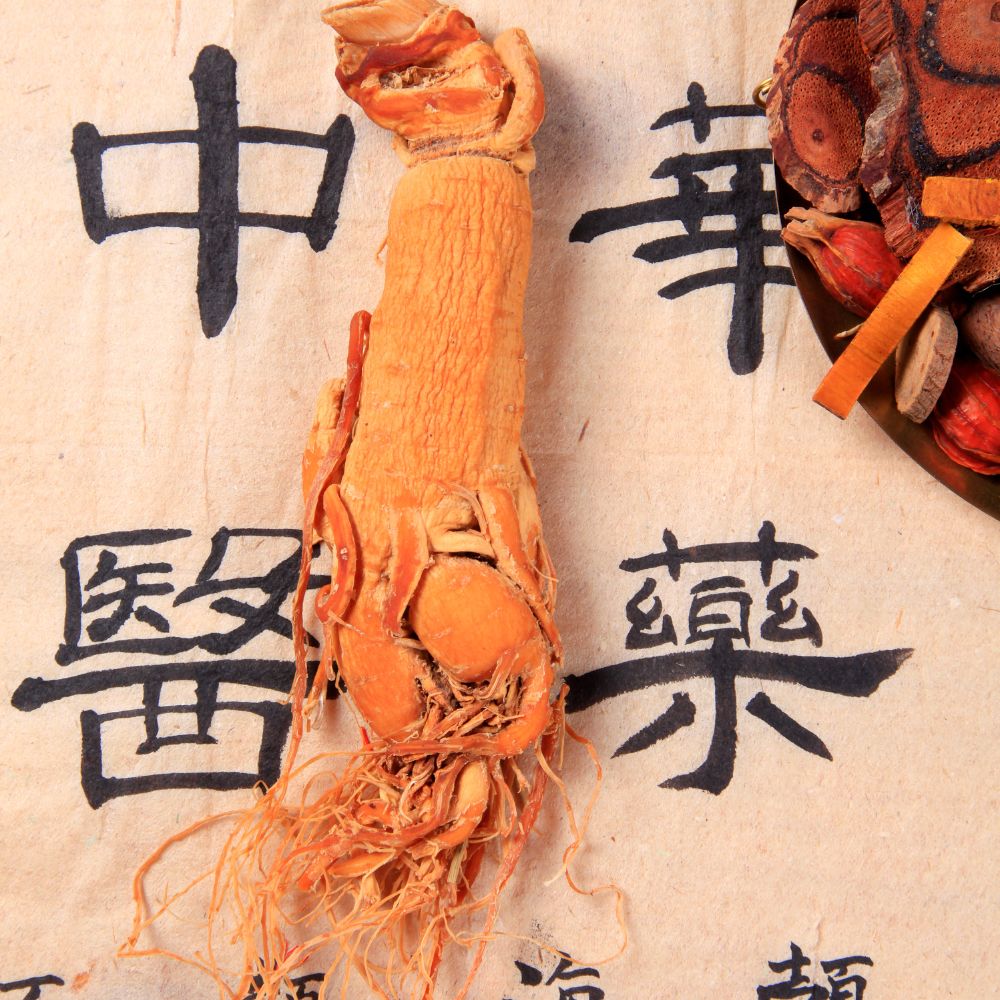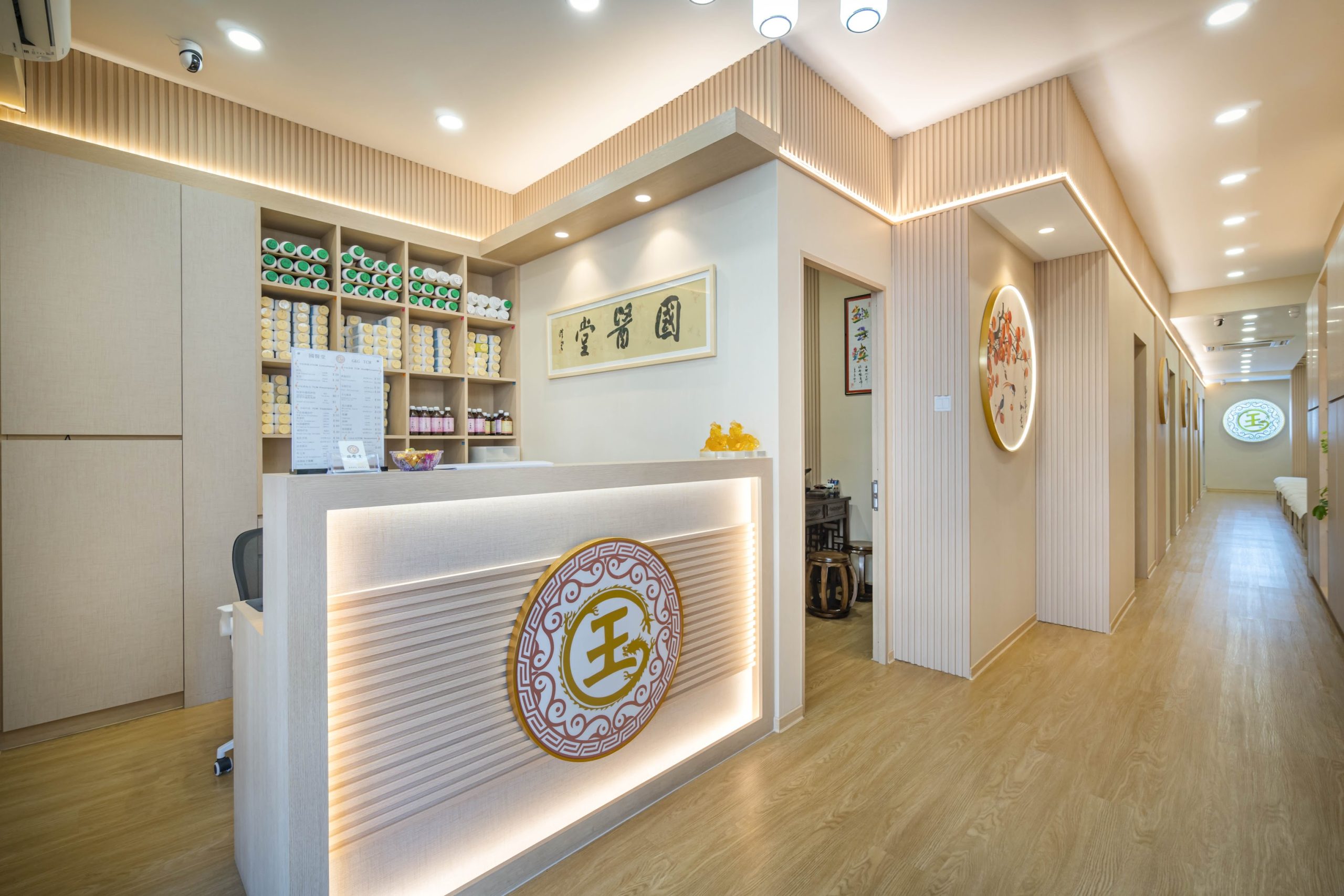牛车水中医诊所: Bridging Traditional Chinese Medicine and Modern Healthcare
牛车水 (Niu Che Shui), known as Chinatown in Singapore, is not only a cultural and historical landmark but also a focal point for Traditional Chinese Medicine (TCM) clinics. These clinics, deeply rooted in ancient medical traditions, are now playing a pivotal role in bridging the gap between traditional practices and modern healthcare needs. This article explores how TCM clinics in Chinatown are integrating ancient wisdom with contemporary medical approaches.
The Essence of 牛车水中医诊所 (Chinatown TCM Clinics)
Chinatown’s TCM clinics offer a variety of services, including acupuncture, herbal medicine, Tui Na massage, and moxibustion. These treatments are based on TCM principles that emphasize the balance of Qi (energy), Yin and Yang, and the harmony of the body with its environment.
Integrating Traditional and Modern Practices
- Modern Diagnostics and Ancient Wisdom:
- TCM clinics in Chinatown are increasingly integrating modern diagnostic tools with traditional diagnostic methods like pulse taking and tongue diagnosis. This combination allows for a more comprehensive understanding of a patient’s condition.
- Collaboration with Conventional Medicine:
- There is a growing trend of collaboration between TCM practitioners and Western medical professionals. This integrative approach allows for holistic patient care, combining the strengths of both systems.
- Research and Development:
- Many clinics are involved in research to explore the scientific basis of TCM practices, contributing to the credibility and acceptance of TCM in the realm of global healthcare.
Benefits of TCM in Modern Healthcare
- Holistic Approach to Health:
- TCM’s holistic approach, which looks at the patient’s lifestyle, diet, and emotional well-being, complements the symptom-focused approach of Western medicine.
- Natural and Non-Invasive Treatments:
- TCM offers natural, non-invasive treatment options, which are appealing to those looking for alternatives to surgery or pharmaceutical drugs.
- Chronic Disease Management:
- TCM has shown effectiveness in managing chronic conditions like diabetes, hypertension, and chronic pain, which are prevalent in modern society.
- Preventive Healthcare:
- Emphasizing on preventive care, TCM encourages practices and lifestyles that prevent illnesses before they manifest.
Challenges and Opportunities
While TCM clinics in Chinatown are thriving, they face challenges such as the need for more scientific validation of TCM practices and navigating regulatory frameworks. However, these challenges also present opportunities for innovation and growth in the field of integrative medicine.
Conclusion
牛车水中医诊所 (Chinatown TCM Clinics) are at the forefront of a healthcare revolution, seamlessly blending age-old practices with modern medical approaches. By offering holistic, patient-centered care, these clinics are not only preserving traditional wisdom but are also enhancing the efficacy and reach of modern healthcare. As the world increasingly recognizes the value of integrative medicine, TCM clinics in Chinatown stand as a testament to the enduring relevance and adaptability of Traditional Chinese Medicine.







